Decanter: South American Chardonnay Tasting
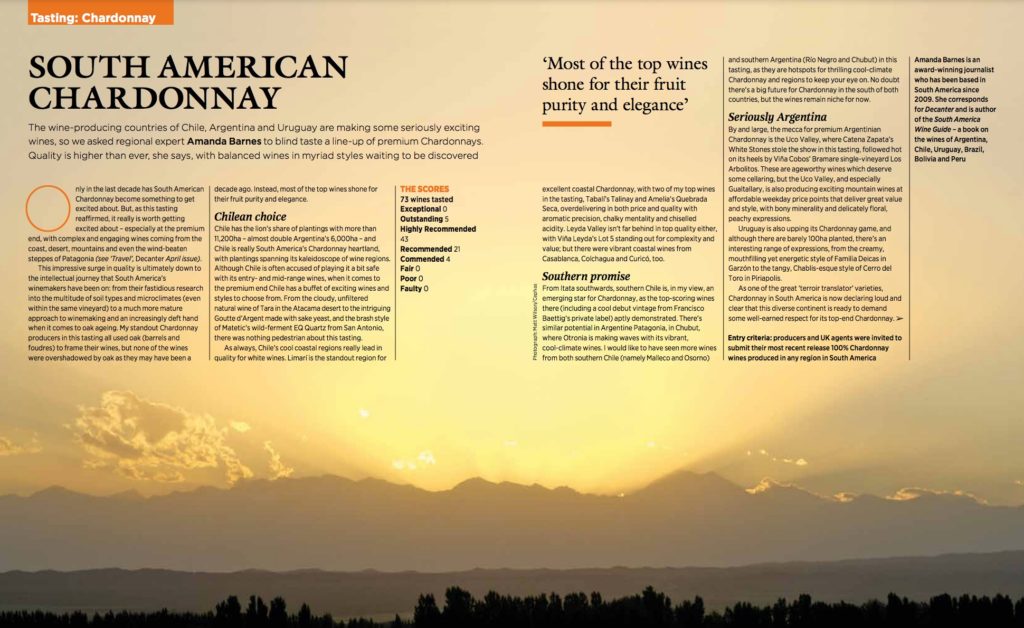
The wine-producing countries of Chile, Argentina and Uruguay are making some seriously exciting wines, so we asked regional expert Amanda Barnes to blind taste a line-up of premium Chardonnays. Quality is higher than ever, she says, with balanced wines in myriad styles waiting to be discovered. Only in the last decade has South American Chardonnay […]
Decanter: Explore Patagonia wine routes
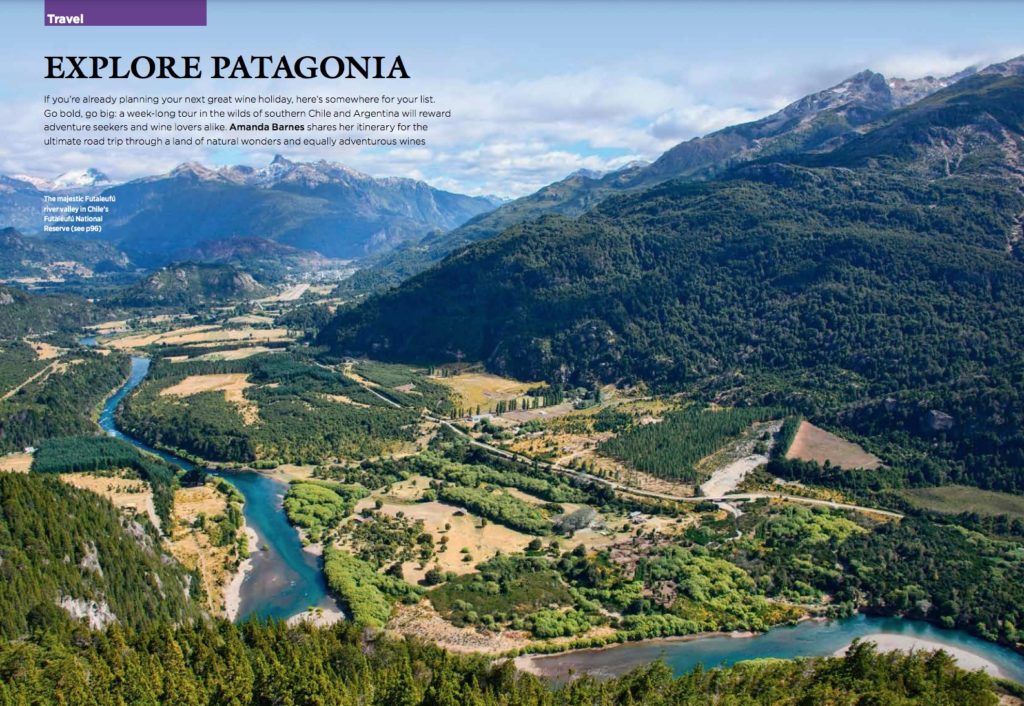
Published in Decanter, December 2020 If you’re planning your next great wine holiday, here’s somewhere for your list. Go bold, go big: a week-long tour in the wilds of southern Chile and Argentina will reward adventure seekers and wine lovers alike. Amanda Barnes shares her itinerary for the ultimate road trip through a land of […]
Decanter: Brazil’s best wine routes
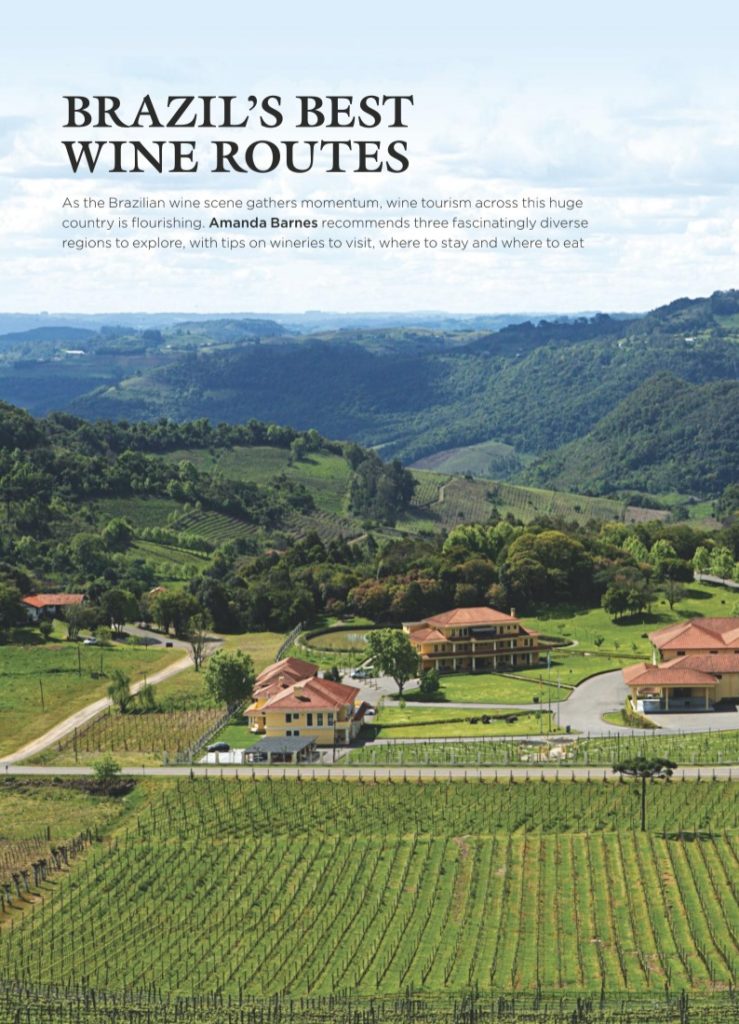
Published in Decanter, October 2020 As the Brazilian wine scene gathers momentum, wine tourism across this huge country is flourishing. Amanda Barnes recommends three fascinatingly diverse regions to explore, with tips on wineries to visit, where to stay and where to eat. Serra Gaucha: The mecca of Brazilian wine The heartland of Brazilian wine, with […]
Exploring Montevideo & Canelones in Uruguay
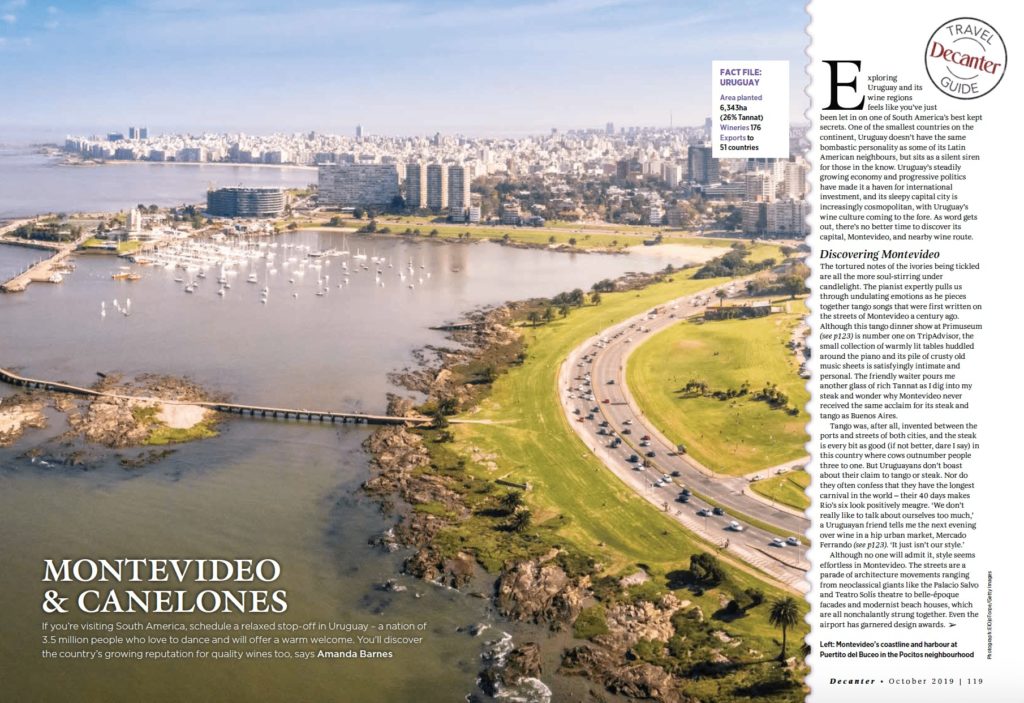
Written for Decanter Magazine, October 2019 Exploring Uruguay and its wine regions feels like you’ve just been let in on one of South America’s best kept secrets. One of the smallest countries on the continent, Uruguay doesn’t have the same bombastic personality as many of its Latin American neighbours but sits as a silent siren […]
The ‘Criolla’ wine revival: a taste of South American wine history
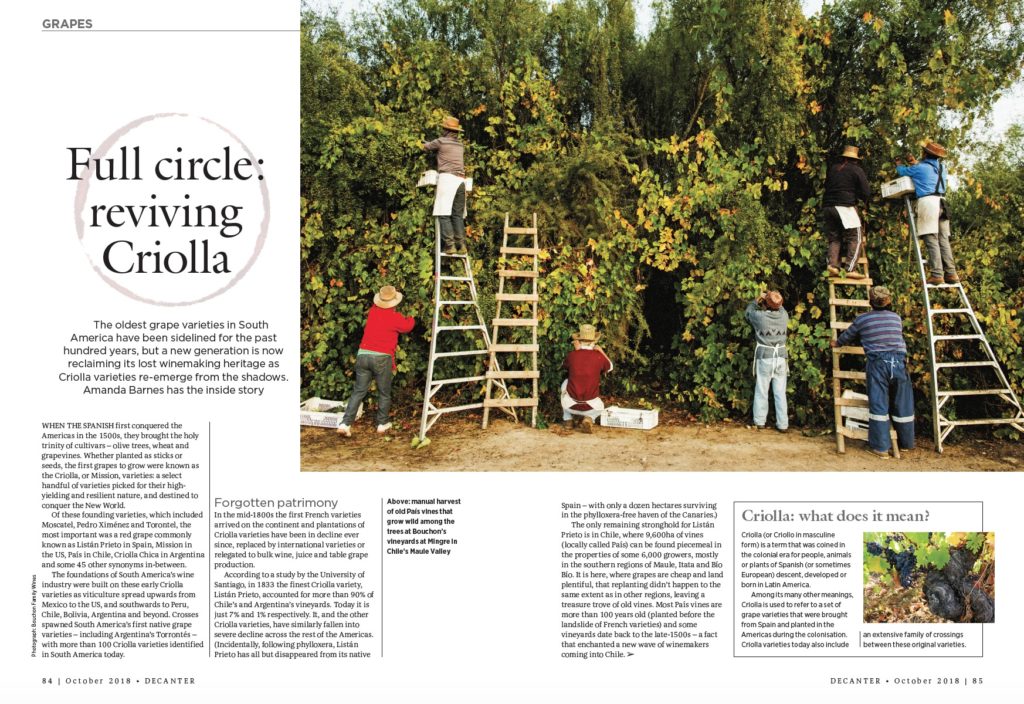
The oldest grape varieties in South America have been sidelined for the past hundred years, but a new generation is now reclaiming its lost winemaking heritage as Criolla varieties re-emerge from the shadows. Amanda Barnes has the inside story… Published in Decanter Magazine, October 2018 When the Spanish first conquered the Americas in the 1500s, […]
Interview: Daniel Pi

Never more comfortable than when breaking the winemaking mould, the Peñaflor veteran is a central figure in the story of Argentina’s wine industry, as Amanda Barnes reveals in this interview with Daniel Pi… Published in Decanter magazine, October 2018 Overseeing the production of more than 200 million litres of wine each year, Daniel Pi doesn’t […]
Chile’s Central Valley

While most of Chile’s wines come from the Central Valley, they have a reputation of being the least exciting the country has to offer. That is changing, however, with winemakers injecting passion into their products, writes Amanda Barnes in The Drinks Business. PDF: Chile’s Central Valley It is easy to become distracted by what is happening on […]
South America’s Top 10 wine hotels

South America used to be the domain of gap year backpackers and shoestring tourism. That isn’t the case any more. There’s been a boom in luxury adventure tourism across the Southern Cone, with five-star hotels nestled into the desert plains of the Atacama and down to the waterfalls and glacier lakes of Patagonia. In the […]
Harvest Report Chile 2017

‘It has been the earliest harvest I remember,’ said winemaker Marcelo Retamal, comparing 2017 to the last two decades of Chilean vintages. Chile’s 2017 harvest arrived up to a month early in some regions, but was also notable for high temperatures and low yields. ‘2017 is clearly an atypical vintage, marked by extremely high temperatures, […]
Riesling: The Queen of Grapes

Citrus aromas and a refreshing acidity make riesling a great accompaniment to food, and the latest offerings, ranging from bone dry to lusciously sweet, are nothing short of regal. Written for The Guardian, print May 2017 Riesling is a polarising wine, but once you get the riesling bug it’s hard to shake. Originating in Germany, […]

